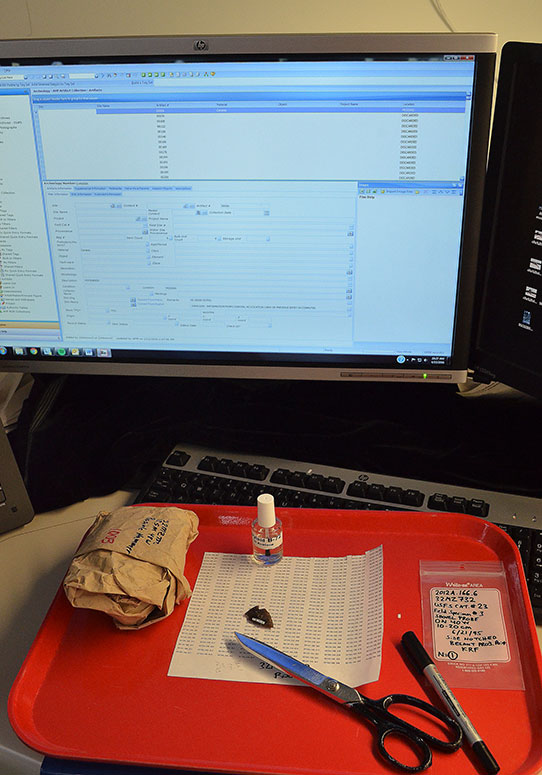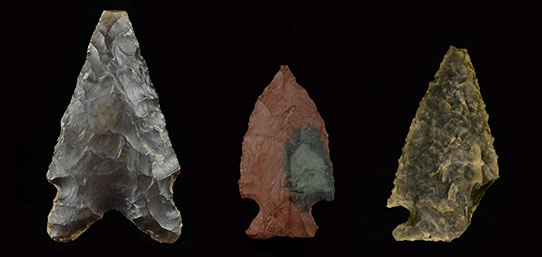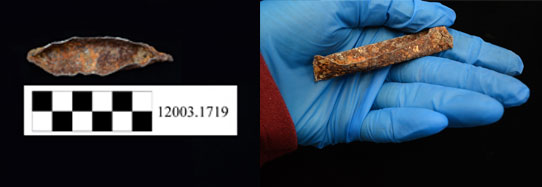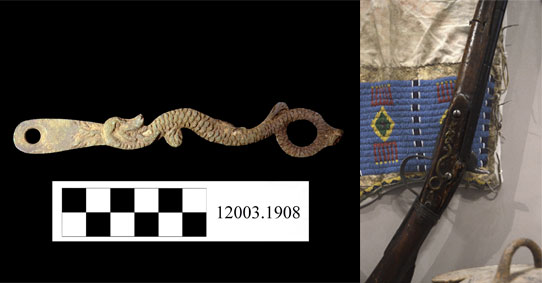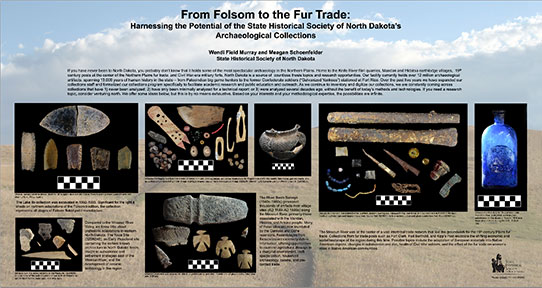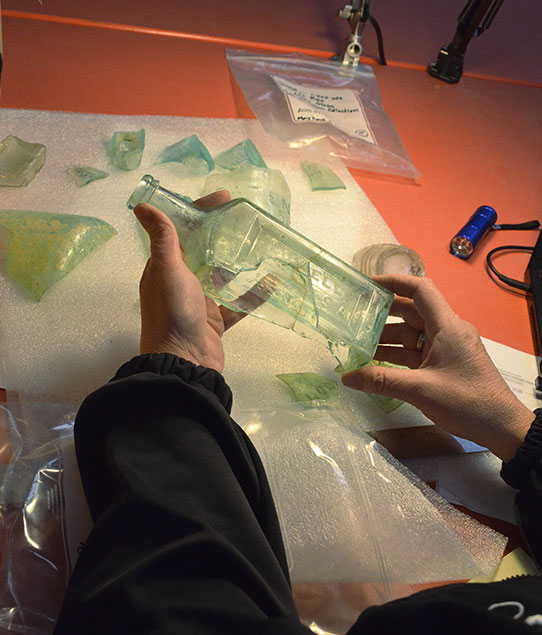Museum Division Recent Acquisitions
1. The kitty litter was purchased at a Bismarck store by Jenny Yearous. When Jenny emptied the bag she noticed that it was made from a woven-like plastic material. Jenny had previously used this style of bag to make tote bags. This tote bag is scheduled to be displayed in the Governors Gallery of the North Dakota Heritage Center & State Museum this summer as a representation of “green” recycling. Jenny has also made colorful tote bags using recycled bird seed bags and cat food bags.
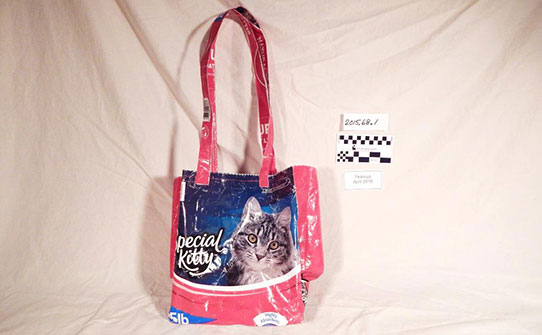
2015.00068.00001, donated by Jenny Yearous
2. The Etch-A-Sketch was introduced in 1960 and was inducted into the Toy Hall of Fame at The Strong in Rochester, NY, in 1998. In 2003 the Toy Industry Association named Etch-A-Sketch to its Century of Toys List.
This Etch-A-Sketch was given to Linda Norderhaug of Bowman, ND, as a child. She kept it in the original box. Linda was Miss North Dakota Teenager in 1973 and Miss North Dakota USA Universe in 1976.
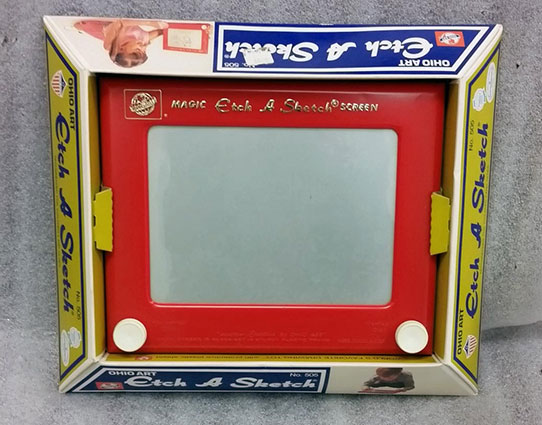
2016.00004, donated by Linda Norderhaug
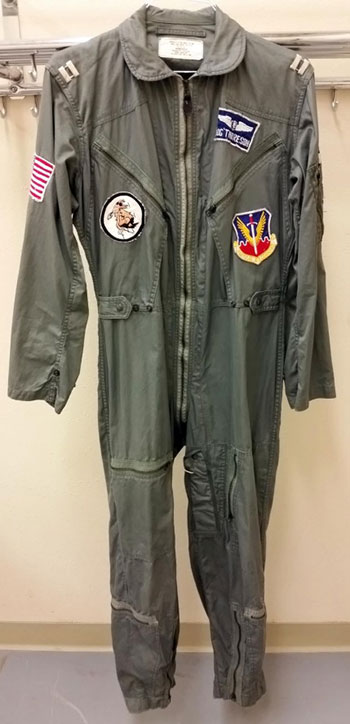
2015.00097, donated by Glenn Thoreson
3. The flight suit was worn by Glenn Thoreson and was used on flight combat strikes during the Vietnam War. Dr. Thoreson was a US Air Force physician, flight surgeon, and fighter pilot from 1967-1969. According to a letter accompanying his medal, he received the Airman’s Medal after “rushing to an area where an aircraft crashed upon takeoff. With complete disregard for his own personal safety, Captain Thoreson, despite hazard of exploding fuel cells and high explosives, unhesitatingly entered the area near the flaming aircraft and persevered in his humanitarian efforts until he succeeded in removing one of the injured firemen to a place of safety.” He grew up in Mayville and eventually returned home to practice primary care medicine at Mayville Clinic for 36 years.
Along with this museum artifact, State Archives has photographs, oral history, and scans of a scrapbook documenting his life. The archives also have footage from a WDAY-TV (Fargo) video about Dr. Thoreson receiving the Airman’s Medal.


